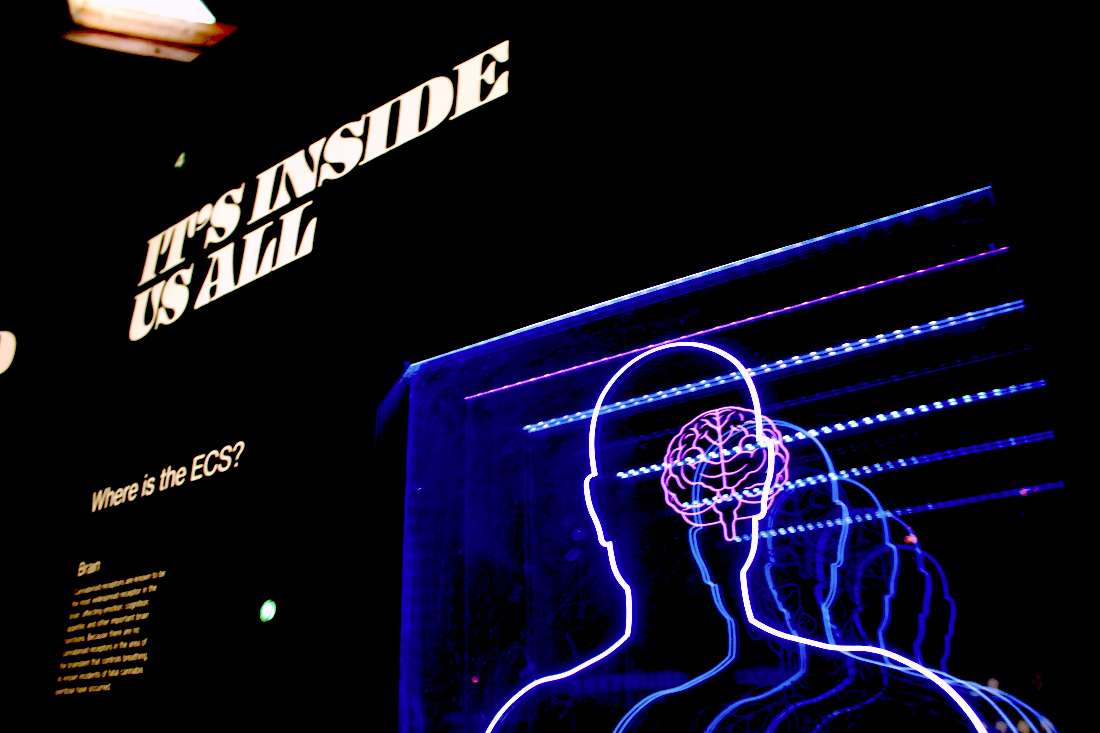Understanding Distributed Ledger Technology: Beyond Blockchain
5 min read
18 Jul 2024
Distributed Ledger Technology (DLT) represents a paradigm shift in how information is recorded, shared, and verified across networks. While blockchain is the most well-known form of DLT, some other variations and applications expand the capabilities beyond traditional blockchain.
The Basics of DLT: At its core, DLT is a decentralized database managed by multiple participants (nodes) across a network. Unlike centralized databases, DLT does not have a single point of control, making it more resilient to tampering and censorship.
Key Features of DLT: Transparency and immutability are fundamental characteristics of DLT. Transactions recorded on the ledger are visible to all participants, and once recorded, they cannot be altered retroactively without the consensus of the network.

Types of DLT: Besides blockchain, other types of DLT include Directed Acyclic Graphs (DAGs), Hashgraph, and Tangle. Each variant offers unique features such as scalability, transaction speed, and consensus mechanisms tailored to specific use cases.
Beyond Blockchain: DLT applications extend beyond finance and cryptocurrency. Industries like supply chain management, healthcare, voting systems, and identity verification are exploring DLT to enhance transparency, security, and efficiency.
Supply Chain Management: DLT improves traceability by recording every transaction and movement of goods from raw materials to finished products. This enhances transparency, reduces fraud, and optimizes inventory management across complex supply chains.
Healthcare: DLT enhances data security and interoperability in healthcare by creating a unified and tamper-proof record of patient information. Smart contracts can automate processes like insurance claims, patient consent management, and medical research.
Voting Systems: DLT can revolutionize voting systems by providing secure, transparent, and auditable elections. Each vote is recorded on the ledger, ensuring accuracy and preventing tampering or manipulation of results.
Identity Verification: DLT enables individuals to manage their digital identities securely. Personal information can be stored on the ledger, with users granting selective access to authorized parties, enhancing privacy and reducing identity theft risks.
Challenges and Considerations: Despite its potential, DLT faces challenges such as scalability, interoperability between different platforms, regulatory uncertainty, and energy consumption in proof-of-work mechanisms.
Future Trends: The future of DLT looks promising with ongoing research and development in scalability solutions, interoperability protocols, and more eco-friendly consensus mechanisms. As adoption grows, DLT has the potential to reshape industries and create new economic opportunities.
Conclusion: Distributed Ledger Technology, with blockchain as its most prominent example, represents a transformative force across various sectors. By offering transparency, security, and efficiency, DLT is poised to revolutionize how businesses, governments, and individuals interact and transact in the digital age. As the technology evolves, understanding its nuances and potential applications will be crucial for leveraging its full benefits.
More Articles

Bioinformatics: Merging Biology with Data Science
4 min read | 08 Sep 2024

Brain-Computer Interfaces: The Frontier of Human-Computer Interaction
7 min read | 07 Sep 2024

AI Ethics and Bias: Ensuring Fairness in Machine Learning
6 min read | 06 Sep 2024

Edge Computing: Decentralizing Data Processing
5 min read | 05 Sep 2024
More Articles

Artificial Intelligence in Sports: Enhancing Performance and Fan Engagement
4 min read | 13 Jun 2024

The Intersection of Technology and Fashion: Wearable Tech Trends
4 min read | 12 Jun 2024

Smart Contracts: Transforming Legal Agreements with Blockchain
4 min read | 11 Jun 2024

Space Exploration: The Role of Private Tech Companies
7 min read | 10 Jun 2024
